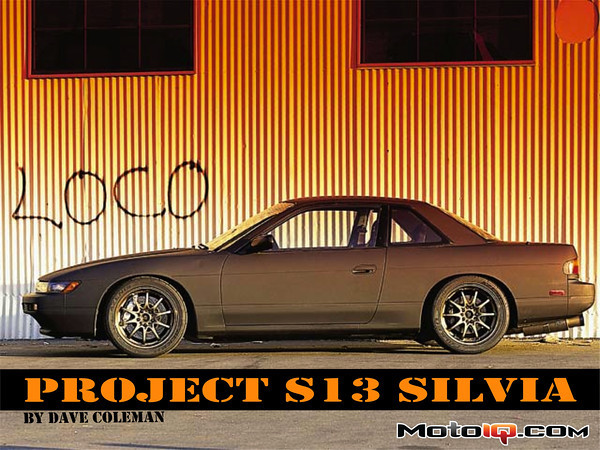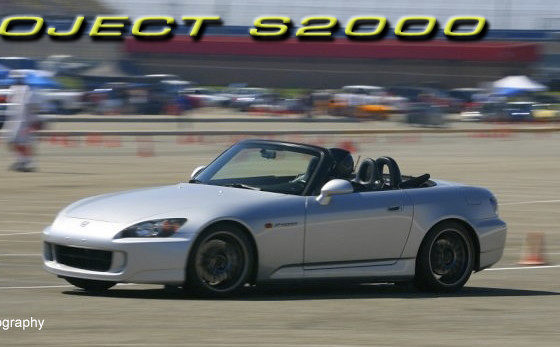,

Lower piston acceleration: The actual motion equations explaining piston motion are all mathy and annoying, but there's a shortcut to understanding how a long rod results in less acceleration. If we put some arbitrary dimensions on this rotating group diagram (arbitrary because those were the numbers that were already there when I stole this image from the internets) you can see that the top half of the stroke is bigger than the bottom half. This diagram shows a 4″ stroke, so the halfway point on the stroke is 2″, but the piston position when the crank is halfway through the stroke is already to 2.337″.
The reason is simple, shoving the big end of the rod sideways 2 inches pulls the piston down 0.337″ (with this particular rod length).
Now, if the rod were longer, we'd have that shallower rod angle, and that shallower angle would pull the piston down slightly less.
Since the first 90 degrees of crank rotation move the piston farther than the second 90 degrees, the highest acceleration obviously has to be in the top half of the stroke, where the piston covers more ground in less time. And all else being equal, a piston that has to get from TDC to 2.337″ down the bore will have to accelerate slightly harder and go slightly faster than one that doesn't have to go quite as far.
So, simple as that. Longer rod = lower peak acceleration.
More dwell time at TDC: This effect isn't always good news, but for the same reason that there's lower acceleration, a longer rod means the piston spends just a little more time hanging out near top dead center. This can have varying effects on scavenging and charge motion that can be better or worse depending on your cam profiles. You've really got to spend a lot of time building and dyno testing different versions of the same engine before you've got a good sense of whether this effect is a good from a breathing standpoint.
There is a chance this is bad from a knock standpoint, which is a pretty damn important standpoint for this build. If the engine is near the knock limit, more time spent near peak cylinder pressures is more time for spontaneous, uncontrolled combustion to start. The faster the piston can get on with the business of moving down the bore and reducing pressures, the less chance there is to have a knock event. This is why high-rpm engines can get away with higher compression and/or more boost, and why motorcycle engines almost never knock. At high rpm, peak cylinder pressure goes by so fast there isn't time for the chemistry to go bad.
So there are two good reasons we're going with a longer rod, and one little nagging doubt that it might be a bad idea…
Now, the actual parts themselves: Obviously you can't just stuff a longer rod in an engine and use the same piston. Do that, and the piston will move up by the same amount you lengthened the rod. Every millimeter you add to the rod has to be matched by moving the wrist pin a millimeter higher in the piston. If you're building a race engine and you've got lots of money, you get longer rods by just having custom rods and custom pistons made. You can do this for any engine, it just takes money.
The epiphany Chuck found with the Honda H22 rod is that an off-the-shelf Honda rod is almost dimensionally ideal for being a long-rod SR20 rod. Being able to use off-the-shelf parts for at least half this equation brings it into the realm of the attainable.

Obviously, if we put a stock Honda rod in an SR20DET, the spindly little Honda rod would tie itself into a pretzel the first time you came up on boost. But an off-the-shelf, mass-produced, reasonably-priced K1 rod that's been forged and shot peened to perfection is another story altogether.
The factory SR20 rods are already insanely beefy, especially considering the 140hp they supported in U.S. cars and the still meager 205 hp they supported in early SR20DETs. The stock rods are already forged steel, but they're forged in a simple, cost-effective I-beam shape.

The K1 rods are forged in an H-beam shape, which concentrates material where it's needed most for a better strength to weight ratio. H-beam forging takes additional forging steps to punch out the deep grooves down the sides, but the benefit is obvious when you look at the 135 grams saved vs. the stock rod.

The H22 uses the same 48mm rod bearing diameter, but is slightly wider (note the small gap above the SR rod). Narrowing the rods is a simple machine shop operation.



